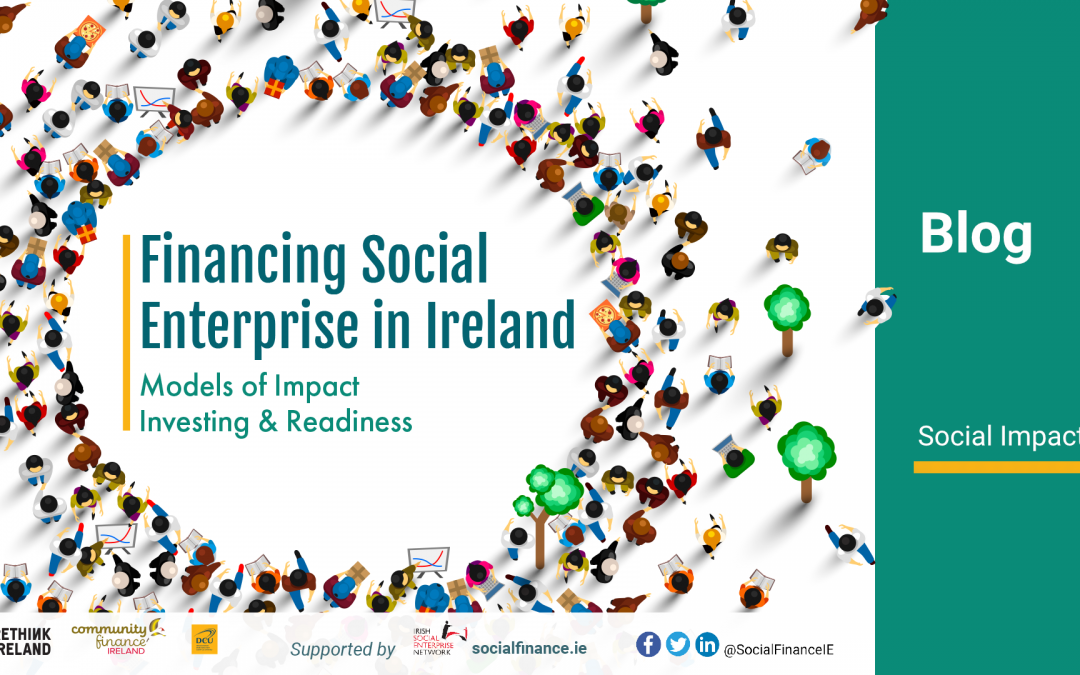Social Impact Bonds are a relatively recent innovation, circa 2007. They are financial instruments designed to use private, public, philanthropic funds or a combination of these to finance work to help solve complex social problems. It is important to note that SIBs are rather misnamed as they are not strictly speaking bonds, i.e. debt instruments. They are in fact a form of Outcomes Based Commissioning (OBC) contract where the finance needed to make the contract work comes, in principle at least, not from government or the service provider, but from third party investors (Albertson, Fox, O’Leary and Painter 2020). In practice, this has tended to not be the case and in the UK, home to approximately 50% of the world’s SIBs, this investment is often subsidised by central government (Huckfield 2020). In this sense SIB-funded provision of public services is analogous to the UK’s Private Finance Initiative (PFI) funded provision of public infrastructure.
Proponents of SIBs distinguished them from other forms of outcome-based payment by emphasising:
- their alignment of social and financial returns on investment;
- that service provider costs are covered by investors up-front – in theory minimising risk transfer to smaller, third sector providers; and
- the potential for SIBs to bring together groups of social investors and portfolios of interventions.
However, to date, it is not clear the potential of SIBs to facilitate social innovation has been realised and there is considerable evidence that their ability to serve as a catalyst for innovation has been oversold (Fox, Olson and Armitage 2020).
At their core, Social Impact Bonds are proposed to have three key constituent elements:
- a commissioner, for example a government department or public agency directly responsible for a specific public policy area), that is willing to pay initial investors a specific amount for a contracted social outcome once it has been achieved;
- a service provider, for example a social enterprise or civil society organisation, that develops a social intervention, directly addressing the contracted social outcome;
- a social investor that are willing to make the initial investment to provide service providers the working capital for that intervention, assuming the financial risk.
The underpinning logic is that the commissioner transfers the financial risk of failure of a SIB to the initial social investors, without reducing the overall level of social or welfare services performed (European Commission 2020). Focusing on outcomes, rather than on outputs or the cost of services alone, service providers are supposed to be incentivised to innovate and collaborate on service provisioning. Longer-term SIBs contracts provide them extra investment for service delivery, as well as the stability and time necessary to gain the trust of service beneficiaries. In addition, it is argued that the service provider is immediately provided with a large amount of funding to deliver a social service or intervention. This financial boost affords them the flexibility and means to provide their service according to what achieves the best outcome while also promoting experimentation and innovation. The social investors are meant to be paid by the commissioner if (and only if) the contracted social outcomes are achieved.
To date there is limited evidence that SIBs meet the standards of success proponents set (Huckfield 2020). A critical gap is the absence of social investors and in many cases the state assumes both the role of commissioner and social investor and many reviews have highlighted the lack of a market for such financial instruments (IGEES 2016). As a result many SIBs represent a more convoluted form of Outcomes Based Commissioning contract. In addition, the capacity of many social enterprises or civil society organisations to actively manage their involvement in such complex contractual arrangements is questionable.
